Kunsthalle Bega has recently hosted one of the most important and complex curatorial projects of 2020: The Meaning of Sculpture, conceived by Liviana Dan, comprising a selection of works by artists Apor-Nimbert Ambrus, Rudolf Bone, Norbert Costin, Teodor Graur, Roxana Ionescu, Adi Matei, Alex Mirutziu, Vlad Nancă, Mihai Olos, Bogdan Rața, Cristian Răduță, Mircea Spătaru, Patricia Teodorescu, Napoleon Tiron and Casandra Vidrighin.
The exhibition aims to be an overview of the evolution and potentiality of the visual medium of sculpture, filtered through a contemporary vision that questions at the same time as it registers the new nuances and aspect of the notion of sculpture in the present. Within the exhibition space, the curator traces a visual journey through which she guides the viewer, with the help of each work, into a sensory experience that mentally problematizes what sculpture is and what it can become, revealing both the complexity and the simplicity that the meanings of this visual medium can accumulate conceptually. It “remains the most traditional, the most innovative, the oldest, the most contested form of representation in the visual arts […]” without always necessarily being “grand,” says Liviana Dan in her notes on the project and its set-up. “Sculptures are connected to their own truth” is a curatorial statement that becomes a starting point, a large opening towards a process of discovering and understanding a medium of expression that has transformed and evolved throughout art history, as well as a conclusion about its specificity.
truth, truths, n. 1. (in opposition to error) Absolute correspondence, confirmed by practice, between our perceptions and the objective nature of things perceived; authentic knowledge about objective reality, representing an accurate reflection of it.[1]
The accurate reflection of reality in sculpture is built around coordinates pertaining to the human, natural, temporal, social, and historical. Through the eclectic nature of the artist and work selection, the exhibition presents by means of its curatorial concept a range, which I would call complete, of what sculpture could become as a visual medium – through a paradigm shift in language – examining aspects of form, material, and matter in photography, video, the graphic arts, readymade objects, installations, and performance.
Liviana Dan’s vision proposes a review of the evolution of sculpture in time (in terms of social and aesthetic function), punctuated by the specificity of the artistic perspective in each individual work/intervention: from anti-monuments/monuments, monumental objects (Cristian Răduță, Mircea Spătaru, Mihai Olos), kinetic sculpture (Apor-Nimbert Ambrus), serial readymades and sculptural installations (Vlad Nancă, Teodor Graur, Adi Matei, Bogdan Rața, Rudolf Bone, Napoleon Tiron), tactile (three-dimensional) works in two-dimensional media (Norbert Costin, Teodor Graur), installation-objects with sound (Casandra Vidrighin), artistic interventions with dynamic and durational qualities captured on video (Patricia Teodorescu, Roxana Ionescu), to performances where the moving body becomes a sculpture (Alex Mirutziu). The exhibition therefore becomes an invitation to discover contemporary art that problematizes and celebrates volume, the aesthetics of form, movement, time, and, finally, the affirmation of existence through the affirmation of matter in space. Challenging questions come up: What is sculpture? What is its language in the present? What is the relation between meaning, truth, and vision in contemporary sculpture? In how far can an artistic experiment be representative/relevant for this medium in the present? The selected works, as well as the spatial, aesthetic, and conceptual connections between them, offer themselves as starting points in formulating potential answers.
Apor-Nimbert Ambrus’s installation Univers (2020) describes an organic form resembling some tightened mechanical tentacles, accumulating kinetic traits through the mobility of some of its pieces and emitting a subtle sound, like those recorded in space by NASA. Its size is considerable, but also changing, as the work “grows” in the space through newly added metal arms, depending on its physical capacity and the context of its installation.

The Meaning of Sculpture_Apor-Nimbert Ambrus_Univers (2020)_photo: Flavius Neamciuc
Dice (2010) by Rudolf Bone is a multifaceted aluminum sheet, installable in multiple geometrical configurations, so that each individual set-up develops a variation of an initial formal typology. Bone’s creation represents an experiment with materials (metal, earth, glass, stone, sand, plants) and formal expression, his preoccupation being the constant questioning of truth in art, gathering subversive features in its concept, due to the social and political context he worked in (communism).
In One Hundred Glaciers (peak erosion) (2020), Norbert Costin experiments with the juxtaposition of a hundred drawings on the same surface of paper, conceptually creating – through precise linear overlap – a sculptural work starting from the shape of a glacier. In Glacier Perimeter (isotropic) (2018), Glacier L.W. (2018) and Glacier L.W (2019) he captures, with the help of paper as a material and through pigmented interventions on it, specific formal aspects (volume and texture) of the glacier’s body. Untitled (seashells) (2010) describes a hypostasis of a photographically captured wax sculpture.
In his sculptural, performative, and photographic installations – La Nave 22, (1987), Arborele de oțel. (Monumentul Pilei) [Steel Tree. (Monument of the File)] (2016) – Teodor Graur analyzes the concept of gray, which, in the artist’s view, represents undifferentiated, negative, unclear things, referencing the social and political situation of Eastern Europe, synonymous with insecurity, danger, and threat.
Roxana Ionescu’s Sculpture for the Mind (2018) is outlined as an interdisciplinary artistic intervention with documentary (work-in-progress), performative, aesthetic, and temporal qualities. The video shows the cyclical (repeating) visual narrative of the construction of an installation, which becomes, through the process of molding a clay portrait, a metaphor for the human mind, destined for the creative act.
Adi Matei conceives a sculptural object: Shuttle (2012), similar to a space shuttle, an intervention meant to question time and space through an appeal to affective memory. Shuttle therefore becomes an atemporal object that problematizes the relation between presence and absence.
At the opening, Alex Mirutziu had a live performance title Towards Exiting a Fold (2020), where his body, exhibited on a kind of pedestal, became a sculpture. He tackled the dissolution of the ego and stereotypes of identity and sex perception in contemporary life.

The Meaning of Sculpture_Alex Mirutziu_Towards Exiting a Fold, performance (2020)_photo: Flavius Neamciuc
Vlad Nancă creates two installations that are complementary in terms of aesthetics and similar through the rhythmic repetition of their components: Recovery (2010-2020), which is made up of 36 porcelain figurines laid out in a circle, inviting the viewer to analyze and discover the miniature forms that assert themselves in the space in a monumental manner, and The Merger of the Room Space with Exterior Space (2020), which addresses the relation between humans and the architectural space they conceive for themselves to the detriment of a balance with nature and the environment.
Mihai Olos’s works blend traditional techniques, like wood sculpture, with new construction methods, materializing abstract geometric structures. The small pieces are conceived as dovetails that can be multiplied indefinitely. He also outlines the potentiality of the sculptures to become monumental, through form and not necessarily through size, and their becoming as kinetic sculptures, changing position but preserving their form.
Bogdan Rața’s art practice is tightly connected to teaching practice, influenced in its themes by the topics of the classes he offers as a university professor. Some examples are the installations exhibited in The Meaning of Sculpture: Untitled (Study after R H) and Untitled (Studies after R H) (2019), sculptural interventions and video projections starting from technical exercises in designing form, the positive and negative, as well as the interpretation and mirroring the volumetrics of experimental plaster pieces in water.

The Meaning of Sculpture_Bogdan Rața_Untitled (Study after R H), Untitled (Studies after R H) (2019)_photo: Flavius Neamciuc
Cristian Răduță’s works (e.g. Bus Station 2018, Coxy, 2020) offer themselves as an ironic and playful commentary on traditional monumental sculpture: equestrian statues, commemorative pieces, etc. They are materialized as primitive, anti-monumental installations/sculptures, having, as their archetypal protagonists, hybrid and fantastic creatures belonging to a dual world: ancestral and futuristic at the same time.
Mircea Spătaru’s two sculpture pieces, Sfinx, subvert an ideal of monumentality through an aggressive conceptualism, offering themselves as considerable volumetric presences that become points of interest in the exhibition space by substituting archetypes.
Patricia Teodorescu’s Torus, Life Flower (2020) is a study of movement, space, form, and color in video, decontextualizing an everyday plant element (a tulip) and analyzing its visual potential in an unpredictable dynamics. The artist’s video intervention has a fluid, immaterial, atemporal character, generating a sculptural perspective of the tulip’s movement in space, eliminating any element of the quotidian and the banal, giving it a dream-like atmosphere.

The Meaning of Sculpture_Patricia Teodorescu_Torus, Life Flower, video (2020)_photo: Flavius Neamciuc
Napoleon Tiron’s conceptual piece Unghiul vieții (1992) becomes a node in the exhibition’s set-up and gains a functional quality for the visitor, as they can use it as a point of meditation. The sculpture’s title and concept are descriptive of a minimalist-conceptual form: the existential path will never be straight and predictable, as there will always be angles that trace new and unexpected paths.
Casandra Vidrighin’s sound installation The Gift (2020) problematizes the critical situations of refugees who have fled war and poverty and tried to gain access to EU countries in search of a better life, facing obstacles and sometimes risking their lives. The work also becomes a metaphor for packaging and global consumerism, in which humans consume each other through illusory social mechanisms.
All in all, The Meaning of Sculpture offers itself as a provocative and spectacular perceptual experience, as curator Liviana Dan’s vision becomes the connecting thread in understanding the specificity of sculpture, its evolution and the evolution of its inner mechanisms. She does not offer a solution for visually reading the works, instead placing them as references for decoding potential dilemmas around the transformation of sculpture in time and space. The meaning of a visual medium is closely tied to the meaning of art and its processes. Through a clear, coherent, and experienced vision, Liviana Dan’s project analyzes the chameleonic character of contemporary sculpture.
I would like to thank the Kunsthalle Bega team: Alina Cristescu, Bogdan Rața, Liviana Dan, Andreea Drăghicescu, Ugron Lajos
The Meaning of Sculpture will be exhibited at Sector 1 Gallery Bucharest , between 4.03. – 20.04. 2021, with a new selection of artists: Apor – Nimbert Ambrus, Dona Arnakis, Rudolf Bone, Teodor Graur, Oláh Gyárfás, Roxana Ionescu, Adi Matei, Alex Mirutziu, Vlad Nancă, Mihai Olos, Andrei Pituț, Bogdan Rața, Patricia Teodorescu, Ion Toderașcu, Napoleon Tiron, Casandra Vidrighin. Curator: Liviana Dan
[1] https://dexonline.ro [translated from Romanian].
Translated by Rareș Grozea
POSTED BY
Ada Muntean
Ada is a Graduate of University of Art and Design in Cluj-Napoca and has a PhD in Visual Arts (2019), conceiving a research thesis entitled "The Human Body as Image and Instrument in Contemporary Art....
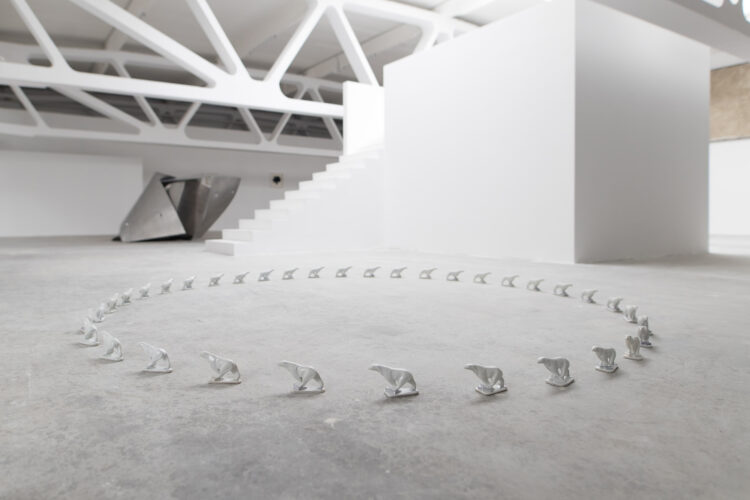
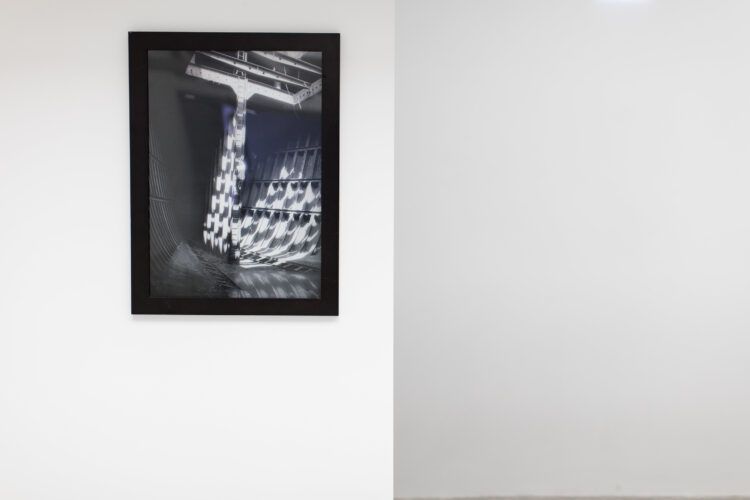
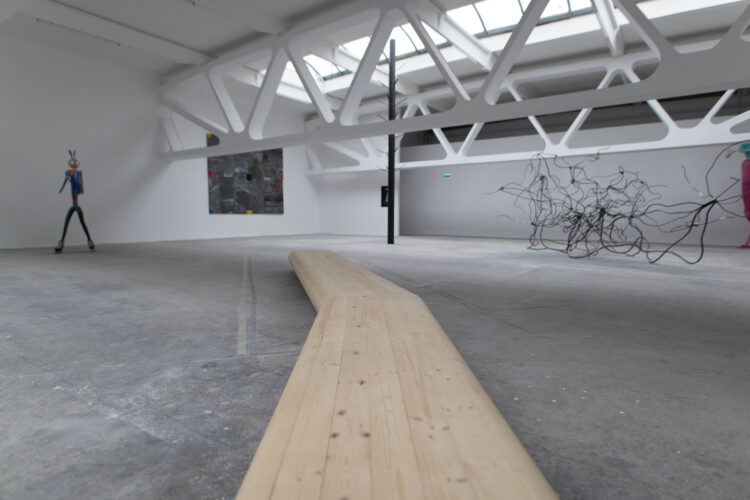

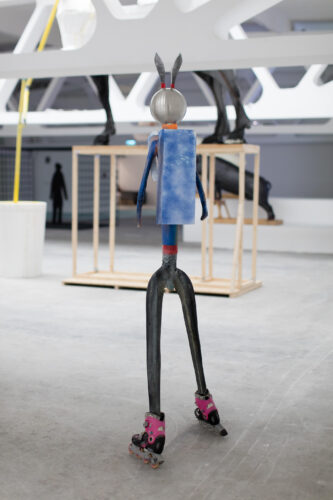
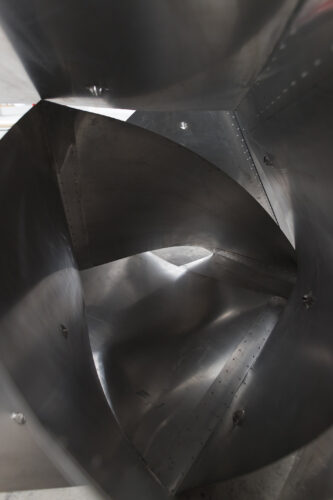
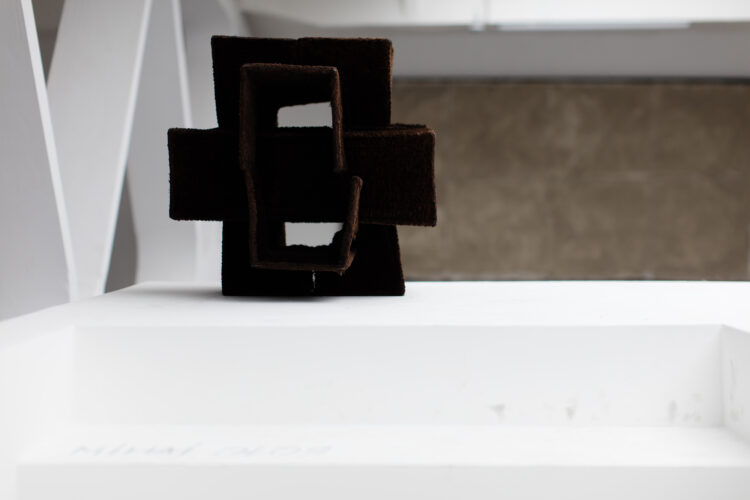
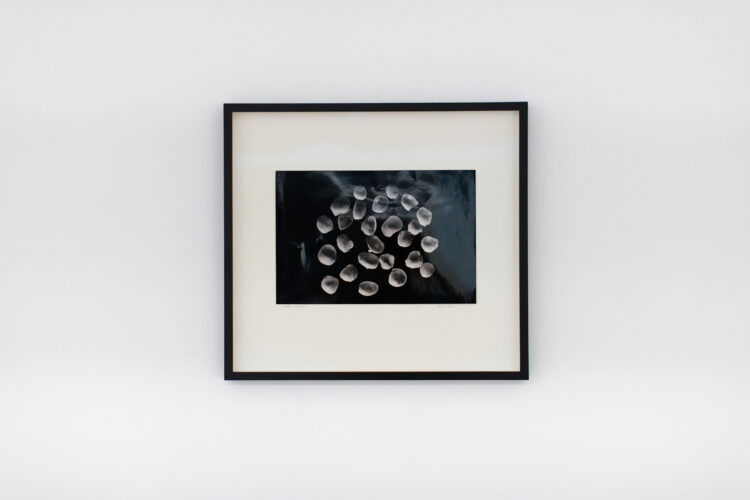
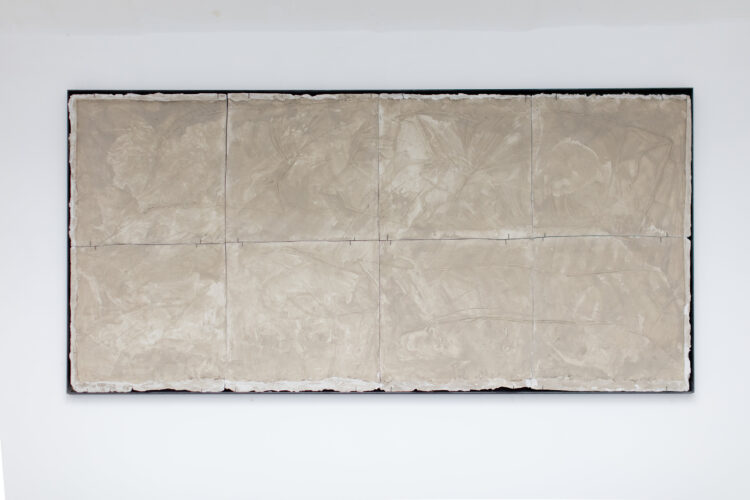





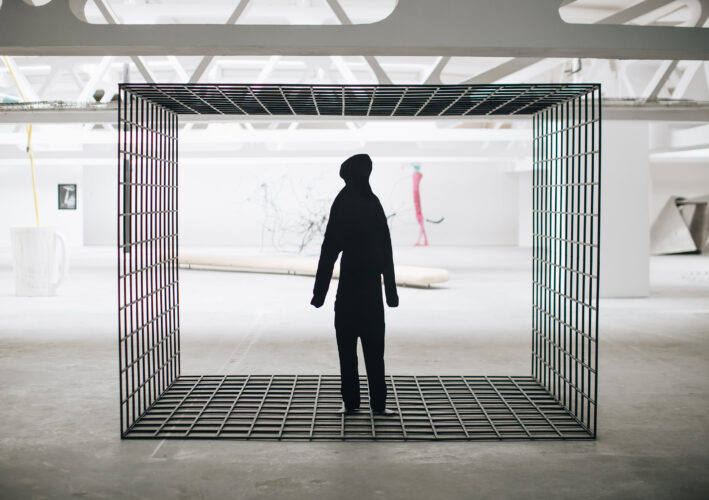
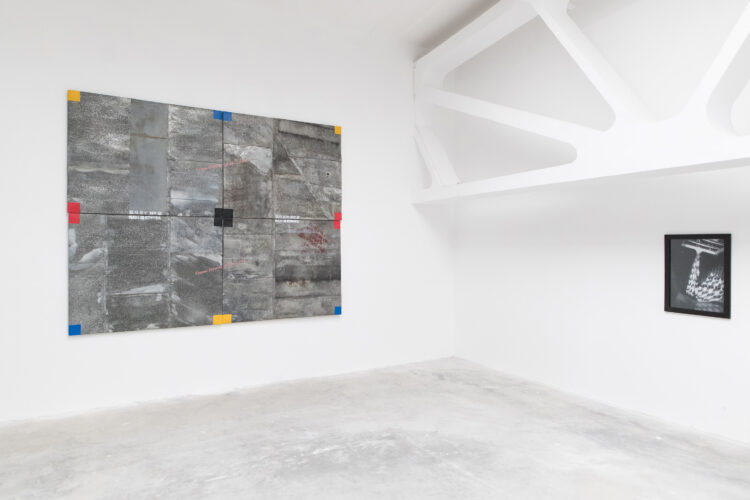
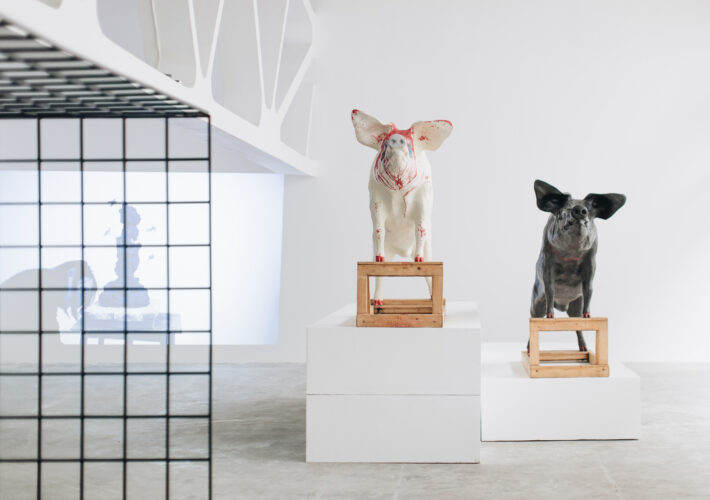
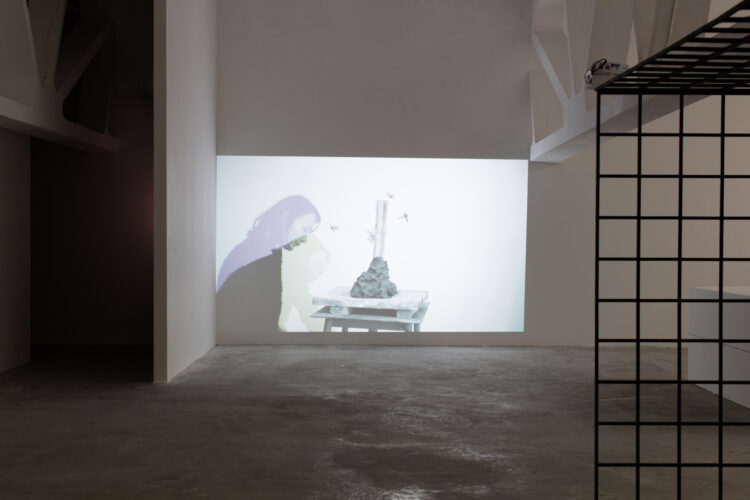
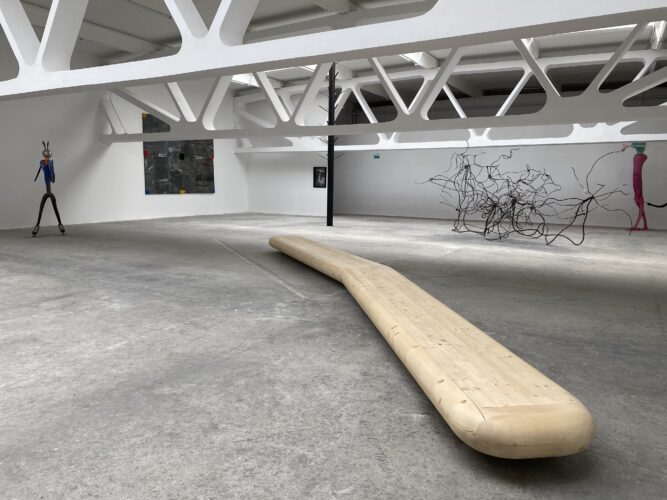
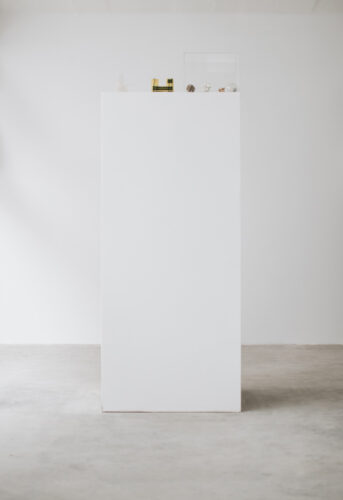
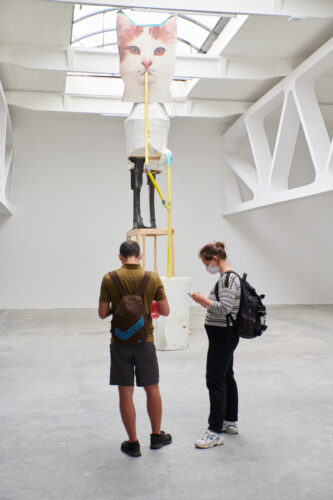
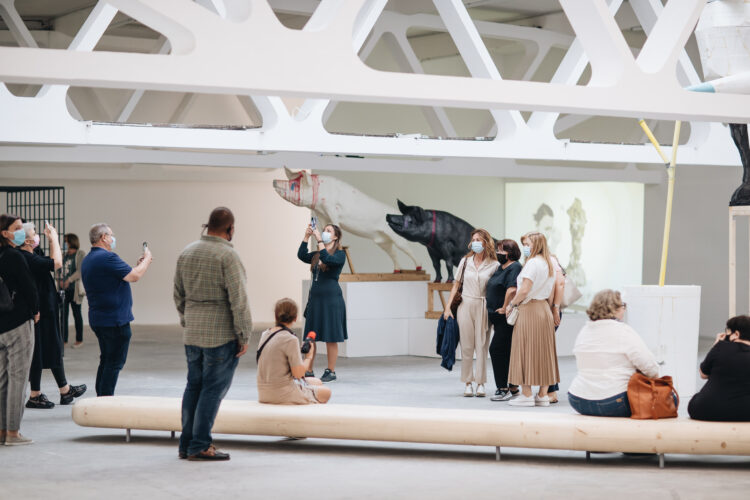
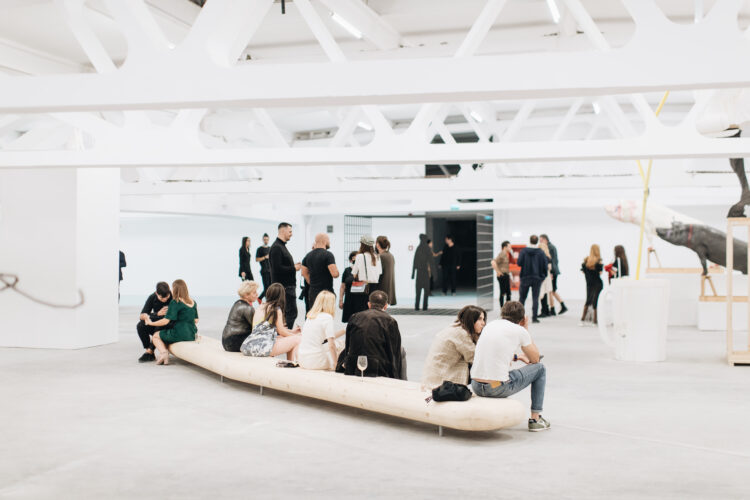

Comments are closed here.